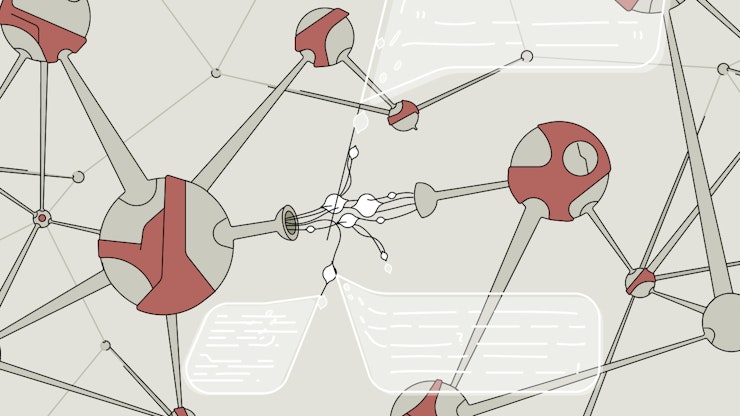Search results 16 results

Whitepaper: 2025 AI trends in product development
04 February 2025
AI is expected to define the digital world in 2025, so Supercharge has decided to write a whitepaper about the trends we believe will be key to every digital product-focused business.

Supercharge and Databricks: Enhancing data-driven innovation for real-world impact
28 January 2025
Supercharge has partnered with Databricks, the global leader in unified data and AI platforms. By joining forces with Databricks, we’re enhancing our ability to unlock growth, efficiency, and resiliency for our clients.

Prevention tech in auto insurance
30 October 2023
Get an overview of the usage-based car insurance landscape and check out three inspiring prevention offerings from the auto insurance industry.

Picking the Ideal Mobile Tech for Maximized ROI
06 September 2023
In recent years there has been a leap in cross-platform technologies, and your business should take advantage of it. However, the decision to select the right technology often involves unforeseen constraints and compromises, potentially leading to more costly maintenance or hindering the future expansion of your product.

Harnessing the power of GPT-4
18 April 2023
In the rapidly evolving world of technology, it can be difficult to keep up with the latest developments. This is especially true in the field of generative AI, where breakthroughs seem to happen every day. We pride ourselves on being early at the party when it comes to new technologies, so we've updated our whitepaper, first published in February, with new insights on the latest GPT-4 version which is even more powerful and reliable than its predecessors. Read on to learn more about the latest developments in generative AI and how they're shaping the future of the insurance industry.

Shifting from financial protection
to harm prevention
23 March 2023
In today's digital age, the insurance industry is constantly evolving to keep pace with technological advancements and changing customer expectations. One significant development in this sector is the rapid emergence of prevention technology and services. By utilizing innovative solutions such as sensors, data analytics, and artificial intelligence, insurers can now proactively identify and mitigate risks before they occur. This not only benefits customers by reducing the likelihood of claims but also presents a significant opportunity for insurers to improve profitability and customer retention.

Whitepaper: Prevention tech in insurance
22 February 2023
In this report we will highlight how P&C insurers are using prevention tech to make customers safer and reduce harm - including an overview of leading prevention experiences across home, auto, commercial, and cyber.

Designing useful products in a hype-driven Metaverse world
05 May 2022
Industry hype around new technologies is particularly rife right now. Stay focussed on problem-solving and design bulletproof products with our Emerging Tech canvas.

How bulletproof are your tech foundations?
16 February 2022
We live in a world where having a healthy tech set-up is not an advantage anymore - it’s the bare essential. That’s why we believe that to build great products, your first step is going to be identifying the blind spots of your software. Check the health of your software with our free evaluation tool.

5 trends defining the future of insurtech
02 September 2020
With the world gripped by a global pandemic and financial markets on the cusp of the first major recession for 12 years, it’s fair to say 2020 hasn’t gone the way we expected. Our ways of working have now altered dramatically, and insurers have taken a bad rap over doubts in their coverage caused by COVID-19.